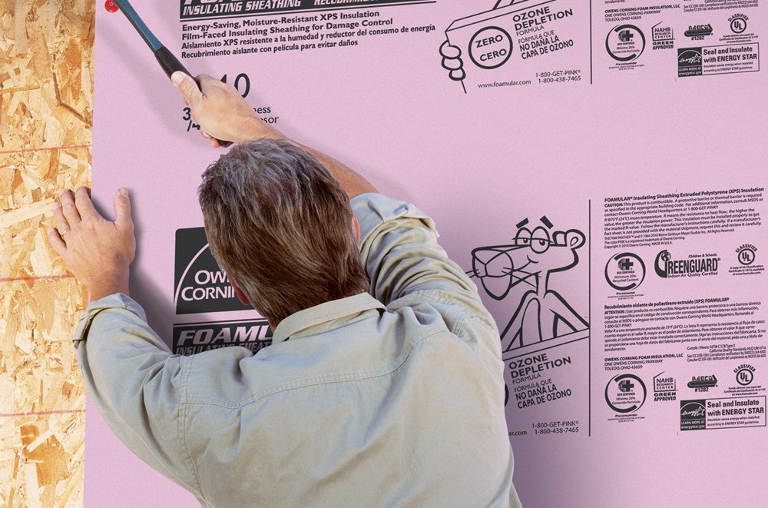Global concern about escalating atmospheric carbon is closely connected to the continued dominance of carbon-based energy. According to the International Energy Agency (2015), coal, oil and natural gas account for 82% of the world’s growing energy use, while renewable energy (geothermal, solar, and wind combined) provides only 1%. “100% renewables” is very futuristic.

No relief can be expected: total world energy consumption is projected to grow from 549 quadrillion Btu in 2012 to 815 quadrillion Btu in 2040, an increase of 48% .
Emission reduction efforts are widespread. Perhaps most visible, solar and wind farms are becoming larger and more common. Rooftop solar is in a steep growth trend, but a recent report connects industry growth to global carbon. The World Energy Council notes that, “the total cost and the overall impact of [renewable energy] on national electricity systems is often underestimated by consumers and policy makers” . The footprint from extraction, manufacture, distribution, installation and maintenance of renewable energy offsets some of the “carbon-free” electricity. And on 1/30/17, Solar Daily reported “expansion of renewable energy cannot by itself stave off catastrophic climate change”.
Despite its popularity, natural gas has not reset the emission trajectory. According to Inside Climate News, “carbon dioxide emissions from burning natural gas in the U.S. are set to surpass those from burning coal — the globe’s chief climate polluter”. For 2016, carbon from burning natural gas was 10 percent greater than that for coal. With methane emissions included, the rise of natural gas will do little to buffer climate impact.
Potential future impact from GHG’s is described in “Turn Down the Heat”, a 2013 report for the World Bank by the Potsdam Institute for Climate Impact Research and Climate Analytics. The “Forward” starts with an ominous tone: “Our first “Turn Down the Heat” report, released late last year, concluded the world would warm by 4* C by the end of this century if we did not take concerted action now. This new report outlines an alarming scenario for the days and years ahead”.
Despite a huge global surge of clean energy growth and support, the “Annual GHG Index” sends a clear message to pursue new options:

In most urban areas globally, the energy used to maintain interior comfort (“space conditioning”) is the largest type of residential consumption. In the US, residential space conditioning accounts for about 43% of the primary usage. Due to political and industry trends, efficiency programs emphasize smaller loads such as appliances and lighting. This has resulted in a nominal effort to control unnecessary thermal leakage from America’s 130 million homes, 44% of which were built before 1970.
A home’s thermal performance can be optimized by thoroughly installing a continuous thermal seal, reducing a home’s propensity to use space conditioning energy. The improved performance can be measured with established scoring systems, such as USDOE’s “Home Energy Score”. From this measurement, reduced consumption and emissions can be monetized over the life of the home.
Greater resilience to extreme weather adds a separate value to a thermal retrofit. Optimized thermal performance is the only emission reduction measure that mitigates and adapts with the same investment. Further, structural amendments for seismic and wind are easily added during a thermal retrofit.
A utility’s long-term interest to supply residential energy creates an incentive to finance a thermal optimization program for customers. A 15-20 year repayment period would allow the utility to generate a reasonable return, produce measurable demand reduction, and secure the home as an energy customer. A utility-financed thermal optimization program can also control peak demand and improve demand forecasting. As detailed this 2016 Climate Institute report, utility customers would add value and comfort to their home without government incentive or new expense.
The energy asset in homes can be captured by shifting retrofit investment from the homeowner to the home’s energy supplier. Despite steady progress, the transition from carbon-based to clean energy is too slow. Thermal optimization is a new option for taking a step toward a sustainable energy system.





